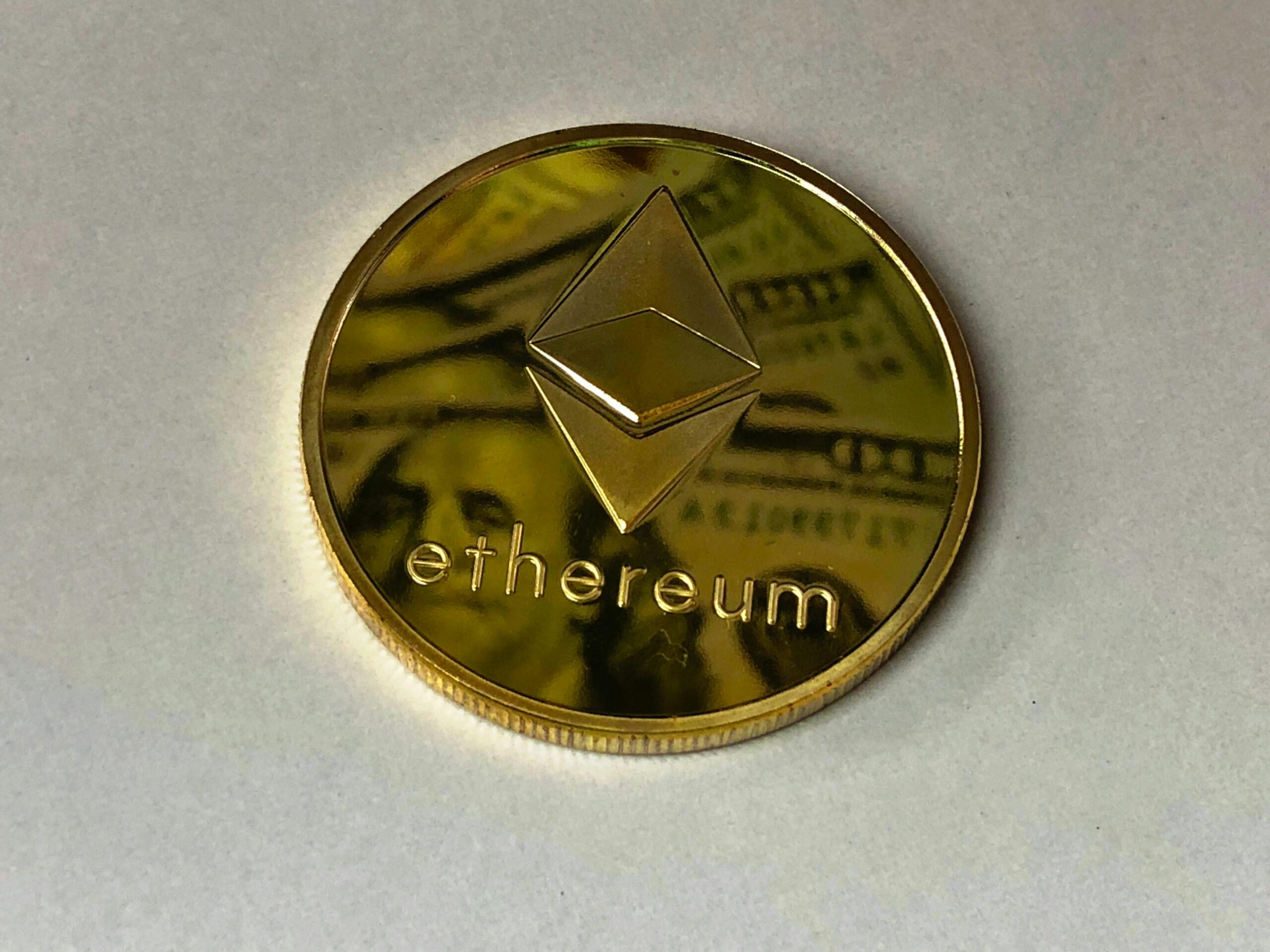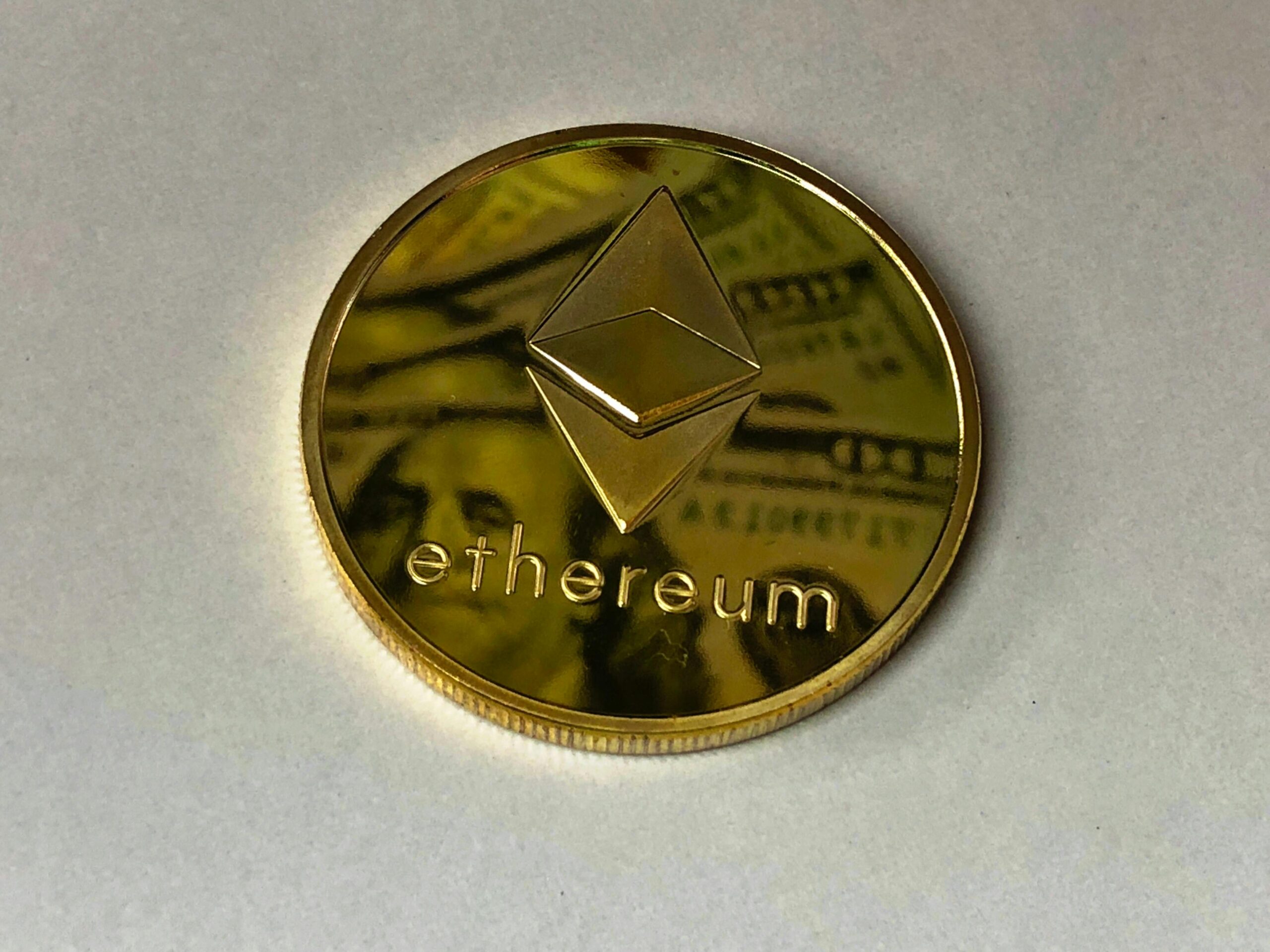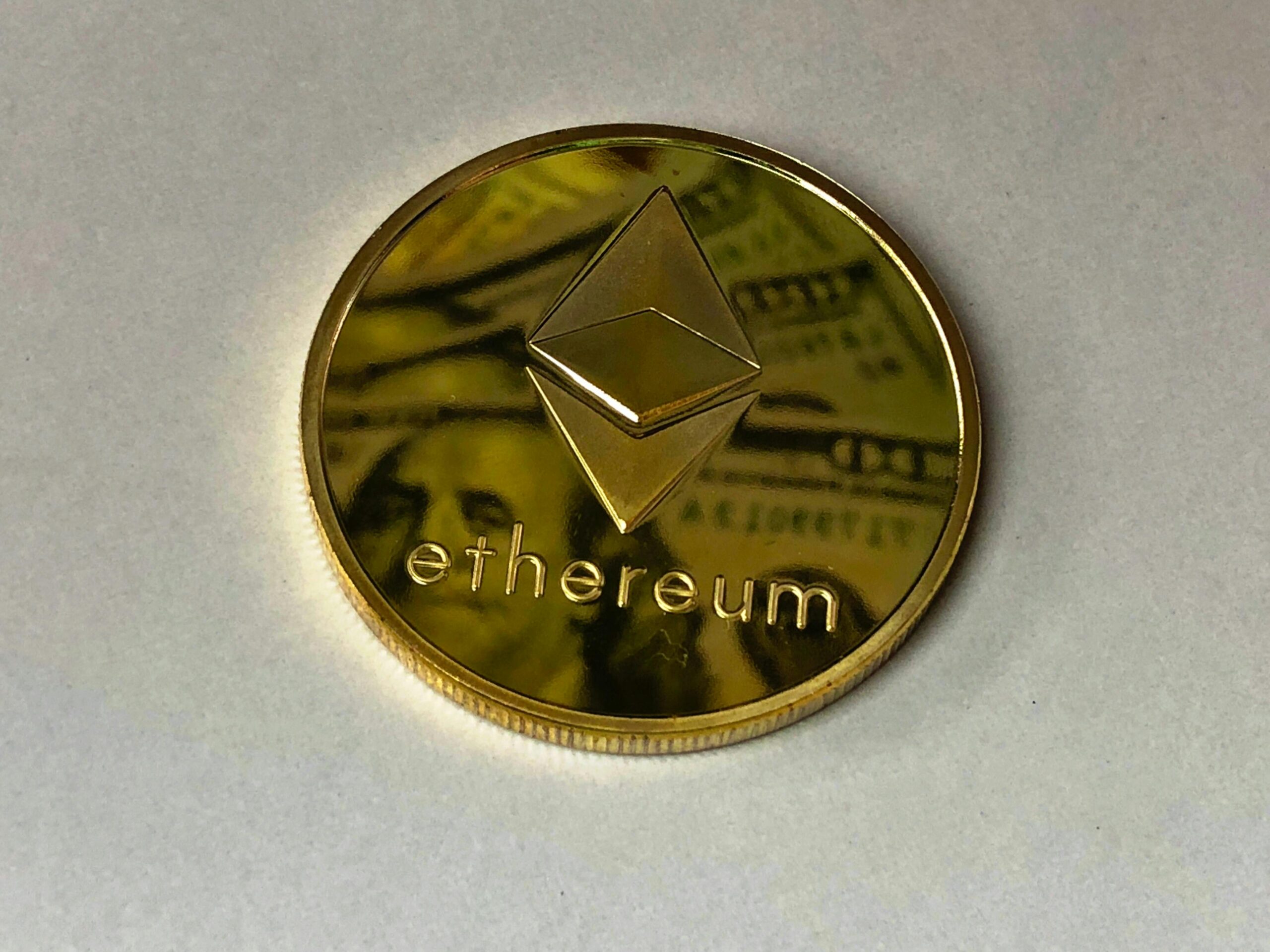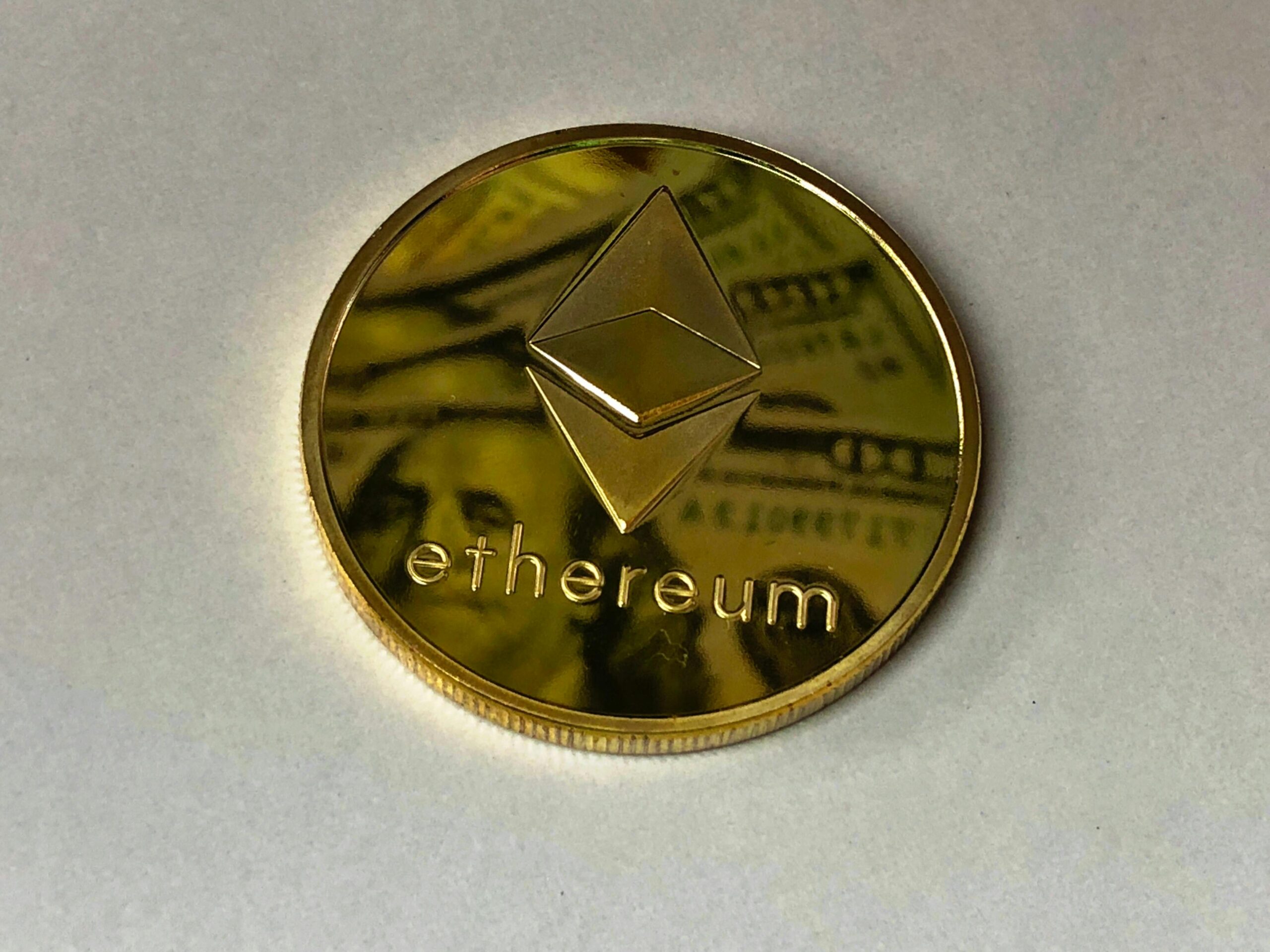
The world of blockchain and cryptocurrencies can be complex and overwhelming at times, but don’t worry, I’m here to break it down for you in simple terms. One of the most common questions I get from students is about the difference between a hard fork and a soft fork. Now, before we dive into the nitty-gritty details, let me tell you that understanding this concept is crucial if you want to grasp how blockchain networks evolve and adapt over time.
First off, it’s essential to understand what a fork is in the context of blockchain. A fork occurs when there’s a change in the protocol or rules that govern a particular blockchain network. Think of it like a divergence in the road ahead – one path leads to a new destination, while the other remains on its original course. This change can be sparked by various reasons such as disagreements among developers, security updates, or even the introduction of new features.
Now, let’s get into the nitty-gritty of hard forks versus soft forks. A hard fork is essentially a permanent divergence from the previous blockchain protocol. Imagine it like a point of no return – once you’ve taken this path, there’s no going back to how things were before. This kind of change requires all nodes on the network to upgrade their software and adhere to the new rules in order for the entire system to function properly.
Here’s where it gets interesting: when a hard fork occurs, the blockchain splits into two separate chains – the original chain (often referred to as the legacy chain) and the new chain that follows the updated protocol. Both chains continue to operate independently of each other, but they have distinct properties and, more importantly, distinct cryptocurrencies associated with them.
Let’s consider an example to drive this point home. Imagine we’re talking about Bitcoin, and there’s a proposal for a hard fork that would increase the block size limit from 1MB to 2MB to accommodate more transactions per block. If this change is implemented as a hard fork, two separate versions of Bitcoin would emerge: Bitcoin Legacy (following the original protocol) and Bitcoin New (adhering to the updated rules). This means you could potentially have both BTC (legacy) and NBC (new) coexisting in the market.
A soft fork, on the other hand, is more like a gentle nudge towards an upgrade rather than a drastic change. It’s backward compatible, meaning that nodes on the network can still communicate with each other even if some haven’t upgraded to the latest protocol version yet. Think of it as a “soft landing” where there’s no immediate urgency for everyone to switch at once.
Soft forks are typically used for changes that don’t fundamentally alter how transactions are verified or how the blockchain operates but might introduce new features or security patches. They allow developers to gradually phase in updates without causing a rift in the network, thus avoiding the creation of a second, competing chain.
To illustrate this concept, consider a scenario where Ethereum’s developers want to introduce a minor tweak to improve gas efficiency. If they decide to implement this change as a soft fork, existing nodes can continue to operate under the old rules until they’re manually updated by their operators or through an automated process. Meanwhile, newly upgraded nodes will start using the new protocol version, and since it’s backward compatible, both “old” and “new” nodes can coexist without any hiccups.
In summary, hard forks represent a significant change that splits a blockchain into two separate chains with different cryptocurrencies, requiring all network participants to upgrade. Soft forks, however, signify more incremental updates that are backward compatible and allow for gradual adoption without splitting the chain. It’s crucial to keep in mind that these concepts aren’t just theoretical – they have real-world implications on how we interact with and invest in blockchain-based assets.
As you continue your journey into the realm of cryptocurrencies and blockchain technology, understanding these fundamental principles will serve as a solid foundation upon which to build your knowledge and navigate the ever-evolving landscape.













